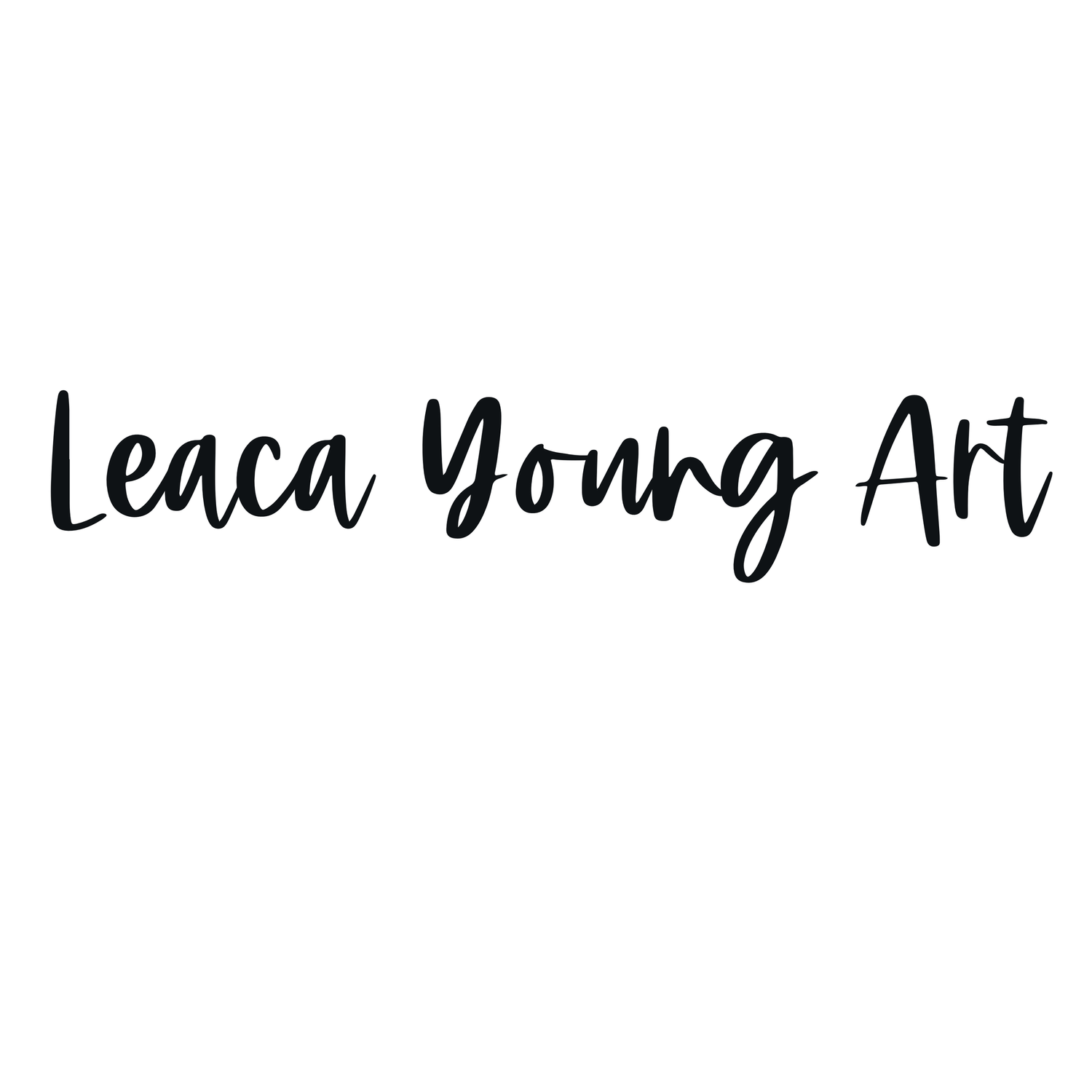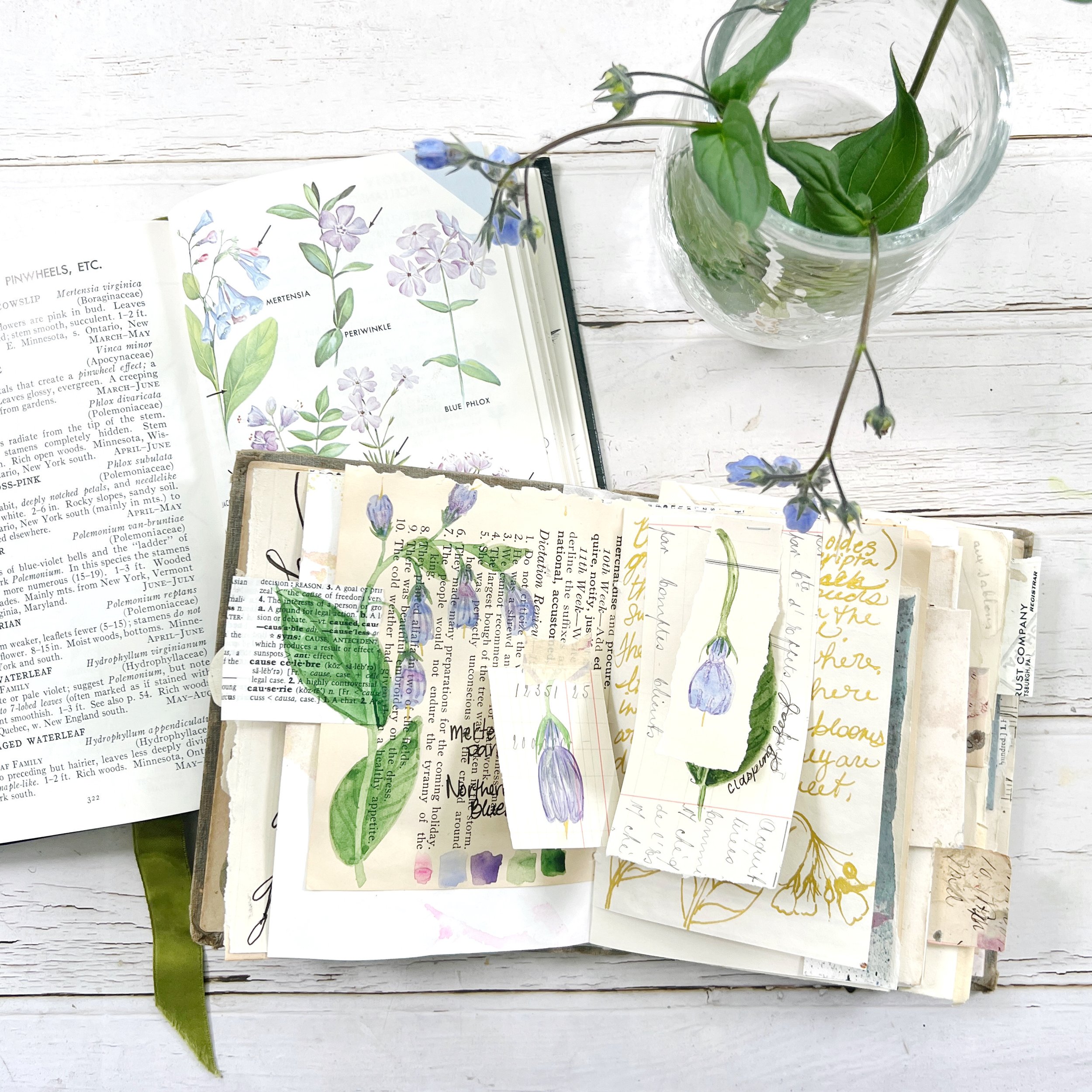The Art and Science of Botanical Studies
First, let’s talk about botanical studies. Then we will talk more about the summer challenge.
Botanical art has been a beloved practice for centuries, blending the precision of science with the beauty of art. This post explores the history, techniques, and inspiration behind botanical art studies, showcasing how to create stunning watercolor images of plants.
The History of Botanical Art
Botanical art dates back to ancient times when illustrations of plants were essential for medicinal and educational purposes. Notable periods in botanical art history include:
Ancient Egypt: Early botanical illustrations found in tombs and temples.
Renaissance: The rise of botanical gardens and detailed plant illustrations.
18th and 19th Centuries: The golden age of botanical art, with artists like Pierre-Joseph Redouté creating exquisite works.
The Importance of Botanical Art
Botanical art serves several crucial purposes:
Scientific Documentation: Accurate plant illustrations for scientific studies and herbariums.
Education: Teaching tools for botany and horticulture.
Conservation: Raising awareness about plant species and their preservation.
Techniques in Botanical Art
Creating botanical art involves several techniques:
Drawing
Observation: Spend time observing the plant in its natural habitat.
Sketching: Start with light pencil sketches, focusing on the plant's structure.
Detailing: Add details to your sketch, emphasizing the plant’s unique features.
Watercolor Painting
Materials: Use high-quality watercolor paper, brushes, and pigments.
Layering: Build color gradually with light washes, allowing each layer to dry before adding more.
Detailing: Use fine brushes to add intricate details, such as veins and textures.
Inspirations and Resources
Inspirational Artists
Maria Sibylla Merian: Known for her detailed illustrations of plants and insects.
Margaret Mee: Renowned for her paintings of Amazonian flora.
Contemporary Artists: Explore works by modern botanical artists to find inspiration.
Resources for Learning
Books: "Botanical Illustration from Life" by Isik Guner, "The Art of Botanical Painting" by Margaret Stevens.
Botanical Gardens: Visit local botanical gardens for firsthand observation and inspiration.
Botanical art is a fulfilling and enriching practice that combines artistic skill with scientific curiosity. Whether you are a seasoned artist or a beginner, the beauty of plants offers endless inspiration. Grab your sketchbook and watercolors, and start your journey into the world of botanical art today!
The Summer Botanical Study Challenge
Summer is the perfect time to do botanical studies. We have a world of blooms outside our doors. Take pictures, pick flowers, and get lost in the botanicals around you. You choose how you do these challenges and just enjoy it. Learn, grow, and create.
Types of Studies
Single Botanical Hike/Walk Botanical Finds
Leaves and Stems Petals
And more.
Study-Written
Name of Botanical - Latin Name
Varieties
Parts of Plant Conditions of Growth Seeds or Bulbs
Edible or Toxic
Medicinal Purpose Scent
And more.
Draw and Paint
Breakdown each part of the plant including seeds Color palette
Sketch ink, pencil, and paint
And more.
Just have fun and learn and document al the botanicals you love. I challenge you to do at least four challenges. You might find that you love these studies so much that you will do many more.
Use hashtag #vintageromancechallenge





